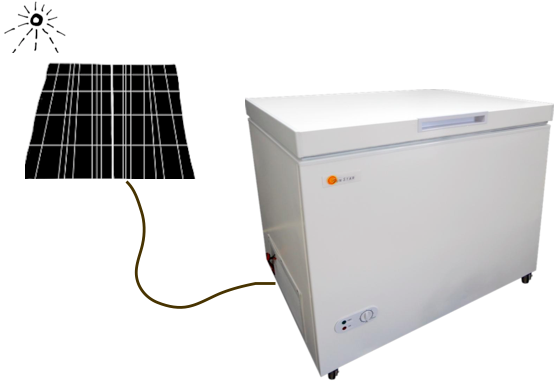Electric cars are not going to save us.
- When gas cars are sold for EVs, the gas cars don't stop — they're re-sold and continue polluting. (CNN)
- EVs and heavy gas cars produce tire dust, spreading toxic microplastics (known as “this generation’s DDT”). This produces 2000x more toxic particles compared to car exhaust. (Yale 360, Washington Post, The Guardian)
- Car tire-driven rubber extraction has become one of the leading causes of deforestation in forests across the world.(Yale 360)
- Deep sea mining for battery materials is accelerating, with dangerous mining practices elsewhere as well — climate wildlife refuges, deserts that store as much carbon as rainforests, and conflict areas besieged by extraction. (Bloomberg, New York Times, Scientific American)
- Lithium is a scarce resource. 1 battery for a small electric car (e.g. Chevy Bolt, sold for $30,000) could instead be used for 130 electric bikes (sold for $250,000). 1 battery for an electric pick-up or Hummer (sold for $80,000) could instead be used for 380 electric bikes (sold for $760,000). Using these materials in better ways creates more jobs and revenue, and saves consumers on the costs of car ownership and maintenance — $10,000 per year. (AAA)
Solar as usual is not going to save us.
- Solar panels don’t protect buildings from outages if they’re tied to the grid.
- As more of the grid electrifies, utilities charge higher rates for electricity and pay less for solar production — as they’ve done in California and North Carolina. (Utility Dive, Cal Matters, Canary)
- As more electrical demand comes on the grid, utilities pay for grid repairs and modernization, which comes out of public pockets or rate increases.
- As demand increases, so do outages (air conditioners during heatwaves, heaters during cold snaps). Utilities will pick and choose which communities keep power. Wealthy communities will keep it, at-risk communities won't.
- Batteries don't last forever. The higher your electricity demand, on a house with all-electric systems, the higher up-front investment and replacement cost for battery systems (every 10-15 years.)
What are the solutions? How can we survive?
This is an initiative to answer that question. What we can do to survive the crises (food prices, housing crises, energy prices, extreme weather, heatwaves, floods) and build a better world.
This is where we start today, in communities that share these problems: low food access, expensive prices, housing crises, energy insecurity, unemployment, hazardous buildings, declining industries, unwalkable sprawl, plastic pandemics, and temperature rise and natural disasters.
This is how to survive today — and build a better world.
Note: These solutions are foundational. They are the ground floor of meeting our needs — and more can go on top.
Stay in touch (or say hello)
How to Survive is behind this project. If you would like to support us, you can make a tax-deductible donation, or reach out to [email protected]. We are eligible for 501(c)(3) grants and sponsorships through the Southern Documentary Fund, and interested in partnering with organizations on content around this material.
1. Food delivered to neighborhoods — 2. Resilient and Affordable Solar — 3. Housing that Stores Carbon — 4. Flood Prevention with Native Trees — 5. Bike Buses to School
























